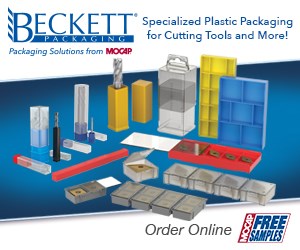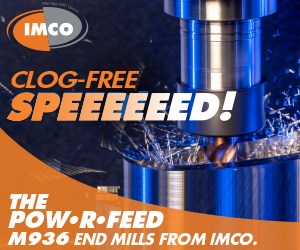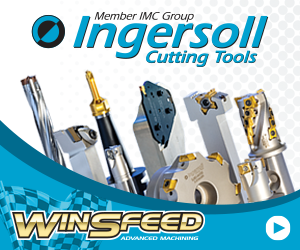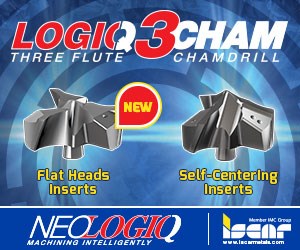What If You Don’t Have a Torque Wrench?
This device ensures that ER collets are torqued to the proper value using any type of wrench.
Using a torque wrench to tighten the clamping nut on ER-collet toolholders ensures that the collets are not over-tightened. Tightening clamping nuts using too much oompf could lead to poor tool runout and collet damage.
For those who don’t have torque wrenches, Rego-Fix offers its new Torco-Block device, which enables users to clamp collet nuts to the proper torque value during tool changes using conventional wrenches.
The system consists of three primary components. The assembly unit into which the toolholder is inserted for a tool change features a built-in torque gage. The toolholder’s clamping nut is tightened until the gage’s needle reaches the position marked for the specific shaft diameter on an indicator ring. The Torco-Block system features five indicator rings that cover all ER sizes from ER 11 to ER 32 for shaft diameters ranging from 1 to 22 mm. The rings clip onto a positioning pin on the assembly unit. Adaptors are available in all standard spindle taper interfaces and can be quickly changed out using an allen wrench.
This, from the company that invented the ER collet.
Related Content
-
New Modular Tool Options for Small Spindle Milling
Tooling options have been limited for small spindle milling applications. Now modular, indexable systems are available that provide broad flexibility to get the right cutter for the job with less inventory and at lower cost.
-
How to Tackle Tough Angled Pocket Milling With Two Tools
Milling a deep pocket with a tight corner radius comes with unique challenges, but using both a flat bottom drill and a necked-down finishing tool can help.
-
How to Turn Machine Shop Downtime Into Process Expertise
To take advantage of a lull in business, JR Machine devised a week-long cutting tool event that elevated the shop’s capabilities with aerospace alloys.

.jpg;width=70;height=70;mode=crop)
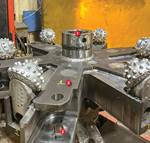


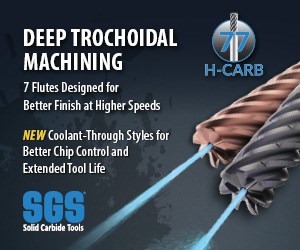
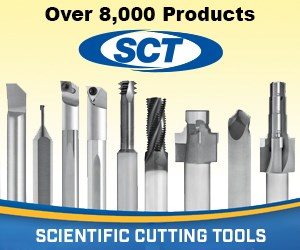
.png;maxWidth=300;quality=90)
